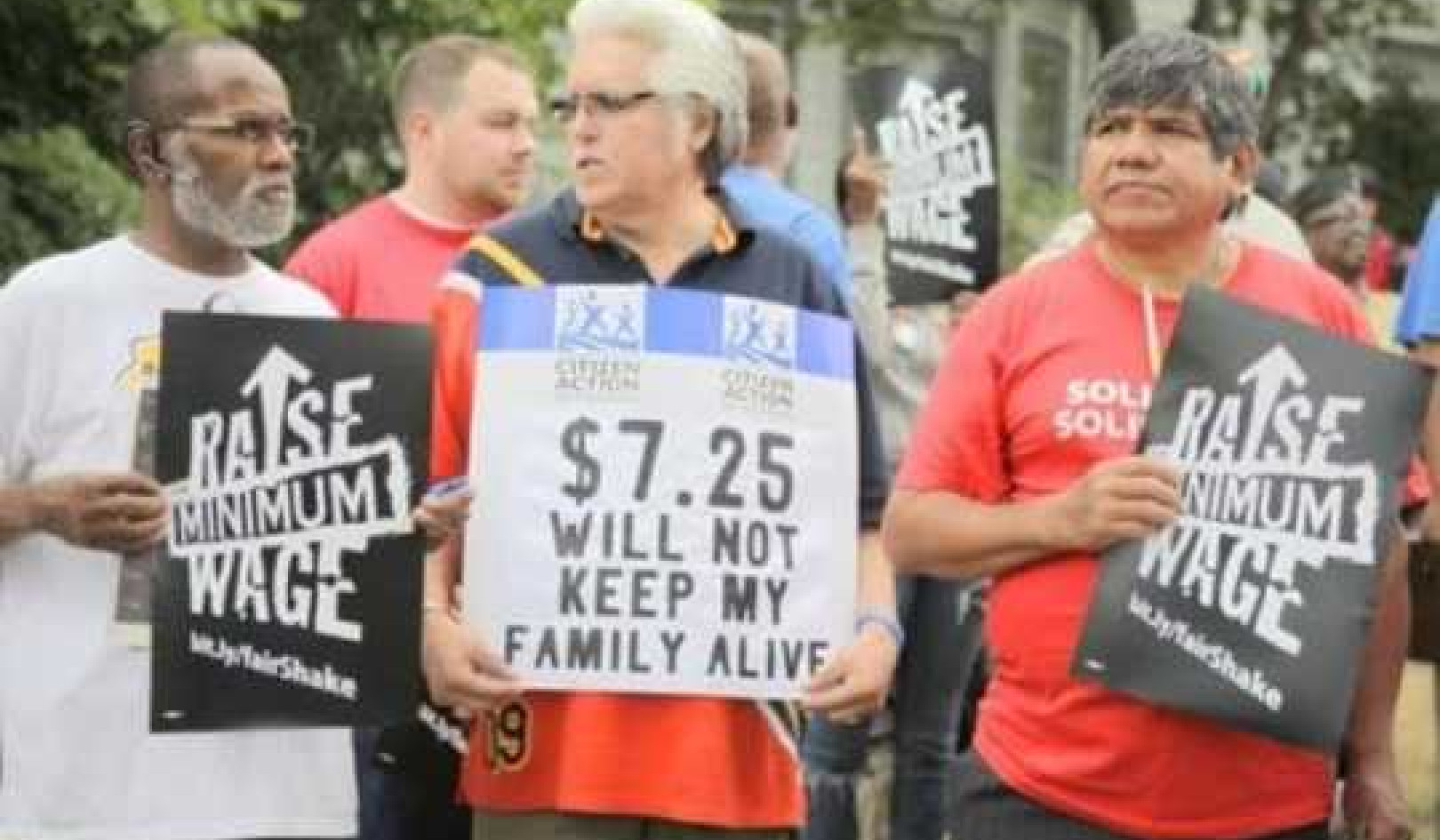When we talk about innovations to deal with the climate crisis, we tend to think of new technologies developed by physical scientists. Although a real sense of climate emergency now seems to be permeating the global consciousness thanks to recent high-profile campaigning, many of us have been slow to actually make changes in the way we live ourselves. Finding out what it would take to motivate people to take practical steps to reduce emissions is where behavioural science comes in.
As an example, Glasgow City Council recently announced its aim to reduce net carbon emissions to zero by 2030. Some have cast doubt on the council’s capacity to achieve this ambitious target, not least because many sources of emissions are beyond its direct control.
Take the energy used by households in heating their homes. Glasgow is blessed and cursed by fine old buildings, but they require a lot of energy to heat. One challenge that the council faces is persuading owners of these buildings to retrofit them with efficient heating and insulation.
Research suggests that money alone isn’t enough of an incentive. In Michigan in the US, 7,000 households were randomly selected to receive a visit by a community worker who explained the benefits of retrofitting heating and cooling systems and offered to help complete the paperwork that would deliver free materials and installation. The campaign did increase retrofitting relative to a control group from the same population, but the uptake accounted for just 6% of eligible households, at a cost of around US$1,000 per home.
 Glasgow has some beautiful old buildings but they can be difficult to heat. Shutterstock
Glasgow has some beautiful old buildings but they can be difficult to heat. Shutterstock
More hopeful research comes from the Behavioural Insights Team, an organisation that seeks to generate and apply behavioural insights to inform policy. In an experiment, it offered low-cost loft insulation to homeowners in London. Some were offered additional help to clear out their lofts so that the new materials could be installed.
Again, the number of households taking up the offer was very small, but those offered help with clearing out their lofts showed higher uptake. Suffice to say, the hassle of retrofitting homes and buildings will be a big stumbling block to Glasgow City Council’s ambitious plan.
Behavioural science and selling houses
This is precisely where behavioural science can help. Behavioural scientists study how minor tweaks can tip the balance towards behavioural change. Our research review recently discovered that the colour-coded categories on the energy efficiency labelling system used in houses for sale in the UK are already nudging investment in energy efficiency.
 Author provided
Author provided
Back in 2008, an EU-wide regulation came into effect that required an energy performance certificate (EPC) to be made available when a building is constructed, sold or rented. We speculated that house sellers who find their home at the top of one of the letter-colour bands on the scale might try to boost their house into the next band by installing small, energy-saving appliances, such as LED lightbulbs. After all, it costs little to make these changes, and when selling a house most people have to clear it out to make it presentable anyway. Importantly, you could potentially make more money selling a D-rated home, for example, than an an E-rated home.
We looked to the English Housing Survey (EHS) to test our idea. In each wave of the EHS, the structural features of roughly 16,000 homes were recorded and entered into an algorithm, resulting in a rating for each home on a 1-100 standard assessment procedure (SAP) scale. With the introduction of the EPC in 2008, these SAP scores became the 1–100 numbers that we see on the right-hand side of the EPC efficiency label today.
When we analysed the EHS data, we found that, rather than the smooth distribution that would be expected, properties clustered at the lowest point in the D category, at 55 SAP points. When we focused in on homes that had recently been on the market, we found a pronounced spike at 55 SAP points and a shortfall of homes at 54 SAP points, the highest point in the E category. In other words, the data showed that sellers did indeed make the effort to boost their home across the arbitrary thresholds on the EPC label.
The authorities should take note of this result. We calculated that the energy savings induced by the label in England scaled up to roughly 33,470 megawatt hours or, more intuitively, the total electricity consumed each year by a town of 27,702 people.
Valuable insights
One insight our results suggest is that authorities should be selective in the timing of subsidies for retrofitting. The evidence suggests that established households are reluctant to alter their properties. But catch people moving into or out of a property and they seem more willing to invest in retrofitting.
A second insight concerns the design of the EPC label itself. As it stands, the thresholds from one category to the next are fixed at certain SAP points. As such, the label only affects a small proportion of properties – those that happen to score just shy of a threshold.
I suggest that the seven A-G categories should be indicators of relative energy efficiency. The top seventh of properties in terms of energy efficiency would receive an A label, the next seventh would receive a B, and so on. As the housing stock becomes more efficient, the thresholds would move to higher SAP points.
In time, properties that are currently distant from an SAP threshold might become close to moving up a category or, importantly, down a category. Since most people are averse to losing and concerned with rank and position, we would expect the prospect of dropping into a lower colour-letter band to be especially motivating.
Glasgow’s 2030 target may well be ambitious, but if the city council looks to the innovations of behavioural science, it could find effective ways of tipping its citizens into making changes that could actually make a difference in reducing carbon emissions.![]()
About the Author
David Comerford, Program Director, MSc Behavioural Science, University of Stirling
This article is republished from The Conversation under a Creative Commons license. Read the original article.
Related Books
Drawdown: The Most Comprehensive Plan Ever Proposed to Reverse Global Warming
by Paul Hawken and Tom Steyer In the face of widespread fear and apathy, an international coalition of researchers, professionals, and scientists have come together to offer a set of realistic and bold solutions to climate change. One hundred techniques and practices are described here—some are well known; some you may have never heard of. They range from clean energy to educating girls in lower-income countries to land use practices that pull carbon out of the air. The solutions exist, are economically viable, and communities throughout the world are currently enacting them with skill and determination. Available On Amazon
In the face of widespread fear and apathy, an international coalition of researchers, professionals, and scientists have come together to offer a set of realistic and bold solutions to climate change. One hundred techniques and practices are described here—some are well known; some you may have never heard of. They range from clean energy to educating girls in lower-income countries to land use practices that pull carbon out of the air. The solutions exist, are economically viable, and communities throughout the world are currently enacting them with skill and determination. Available On Amazon
Designing Climate Solutions: A Policy Guide for Low-Carbon Energy
by Hal Harvey, Robbie Orvis, Jeffrey Rissman With the effects of climate change already upon us, the need to cut global greenhouse gas emissions is nothing less than urgent. It’s a daunting challenge, but the technologies and strategies to meet it exist today. A small set of energy policies, designed and implemented well, can put us on the path to a low carbon future. Energy systems are large and complex, so energy policy must be focused and cost-effective. One-size-fits-all approaches simply won’t get the job done. Policymakers need a clear, comprehensive resource that outlines the energy policies that will have the biggest impact on our climate future, and describes how to design these policies well. Available On Amazon
With the effects of climate change already upon us, the need to cut global greenhouse gas emissions is nothing less than urgent. It’s a daunting challenge, but the technologies and strategies to meet it exist today. A small set of energy policies, designed and implemented well, can put us on the path to a low carbon future. Energy systems are large and complex, so energy policy must be focused and cost-effective. One-size-fits-all approaches simply won’t get the job done. Policymakers need a clear, comprehensive resource that outlines the energy policies that will have the biggest impact on our climate future, and describes how to design these policies well. Available On Amazon
This Changes Everything: Capitalism vs. The Climate
by Naomi Klein In This Changes Everything Naomi Klein argues that climate change isn’t just another issue to be neatly filed between taxes and health care. It’s an alarm that calls us to fix an economic system that is already failing us in many ways. Klein meticulously builds the case for how massively reducing our greenhouse emissions is our best chance to simultaneously reduce gaping inequalities, re-imagine our broken democracies, and rebuild our gutted local economies. She exposes the ideological desperation of the climate-change deniers, the messianic delusions of the would-be geoengineers, and the tragic defeatism of too many mainstream green initiatives. And she demonstrates precisely why the market has not—and cannot—fix the climate crisis but will instead make things worse, with ever more extreme and ecologically damaging extraction methods, accompanied by rampant disaster capitalism. Available On Amazon
In This Changes Everything Naomi Klein argues that climate change isn’t just another issue to be neatly filed between taxes and health care. It’s an alarm that calls us to fix an economic system that is already failing us in many ways. Klein meticulously builds the case for how massively reducing our greenhouse emissions is our best chance to simultaneously reduce gaping inequalities, re-imagine our broken democracies, and rebuild our gutted local economies. She exposes the ideological desperation of the climate-change deniers, the messianic delusions of the would-be geoengineers, and the tragic defeatism of too many mainstream green initiatives. And she demonstrates precisely why the market has not—and cannot—fix the climate crisis but will instead make things worse, with ever more extreme and ecologically damaging extraction methods, accompanied by rampant disaster capitalism. Available On Amazon
From The Publisher:
Purchases on Amazon go to defray the cost of bringing you InnerSelf.comelf.com, MightyNatural.com, and ClimateImpactNews.com at no cost and without advertisers that track your browsing habits. Even if you click on a link but don't buy these selected products, anything else you buy in that same visit on Amazon pays us a small commission. There is no additional cost to you, so please contribute to the effort. You can also use this link to use to Amazon at any time so you can help support our efforts.


























